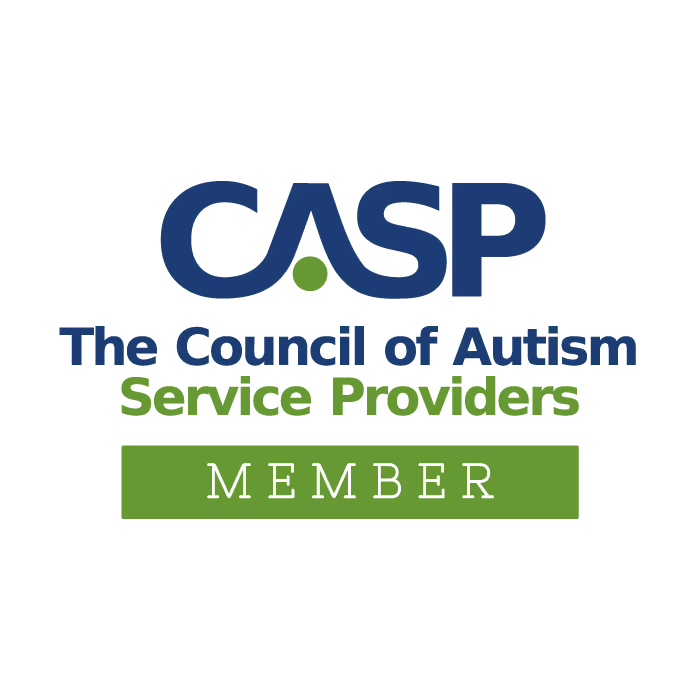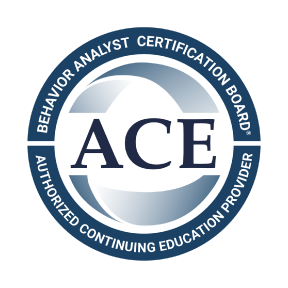Many pediatricians refer children to physical therapy around the 15th to 18th month of development. Most of these children are showing a slight delay in their development and pediatricians are hoping that, with the help of physical therapy, they could catch up by their 2nd birthday. Though some of these children have been delayed since their first motor milestones at 6-9 months, some doctors choose the wait-and-see approach before recommending physical therapy. This is an understandable approach. Late term premature babies, for example, are often able to catch up to their peers by the 2nd or 3rd year of development.
There are warning signs and red flags we all look for when we are monitoring children’s development from day one. While there are obvious milestones to be met by a child’s first birthday, every child develops differently. Many factors during the first year of life could influence a baby’s evolution into toddlerhood, from sleep patterns to eating habits, to birth history and home environment. There are, however, some major gross motor milestones a typically growing child should have met by his second birthday. Read over the following and schedule an appointment with your pediatrician or pediatric physical therapist if you still have questions.
Gross Motor Skills at the Beginning of Year 2:
- Independent Walking: A typically developing child usually walks independently at 12-15 months of age. This walking is usually unsteady and slow, with frequent stumbles. But within 6 months’ time, a toddler should be able to walk with his arms down, stop, turn, and step onto different terrain easily without losing his balance. He should also be able to walk sideways and backwards, while pulling a toy. Walking alone, squatting to pick up a toy, and then continuing on his way should appear easy and natural to a 2 year old. Push-toys are often part of a 2 year old’s favorite game and he can push/pull them while walking in every direction, without falling.
- Running/Balance: With the newfound stability on his feet and all the practice of walking over the past 6-12 months, a two year old should be able to run and walk fast on level surfaces without tumbling, while holding a toy. His movements should be smooth and coordinated, not rigid and timid. Toddlers are so skilled on their feet, in fact, that they can kick a ball and throw a ball without losing their balance. They even can stand on a 2-inch wide line with one foot in front of the other without any assistance. Most two year olds will also attempt to balance on one foot, without holding on.
- Jumping: Though I usually tell my clients that jumping is a complex and challenging task, a typical two year old does have the strength and balance to jump with two feet. A typically developing 24 month old is able to jump forward 4 inches, jump up 2 inches, and jump down from a low step, all without help. Sometimes, when prompted to jump forward, a two year old might push off with one foot instead of both. Parents often ask me if this is reason to worry. I suggest they pay attention to what is happening when their child is jumping. Does he always fall after jumping? Does he seem to drag one side? Does he seem to prefer to always push off with only one leg? A hand or leg preference doesn’t come in until year 3, so an obvious disparity between two sides could justify a visit with your doctor.
- Stairs: A toddler who has been walking for nearly a year can now safely walk up and down stairs, with or without a rail. He might have to go slowly or put both feet on each step, but the motivation and balance should be there. If your child is still crawling up and down stairs at 2 years or choosing to scoot down on his bottom, there may be weakness in his lower body and trunk muscles. Bring him into baby physical therapy! We’ll take a look and give him some exercises to get him going.













